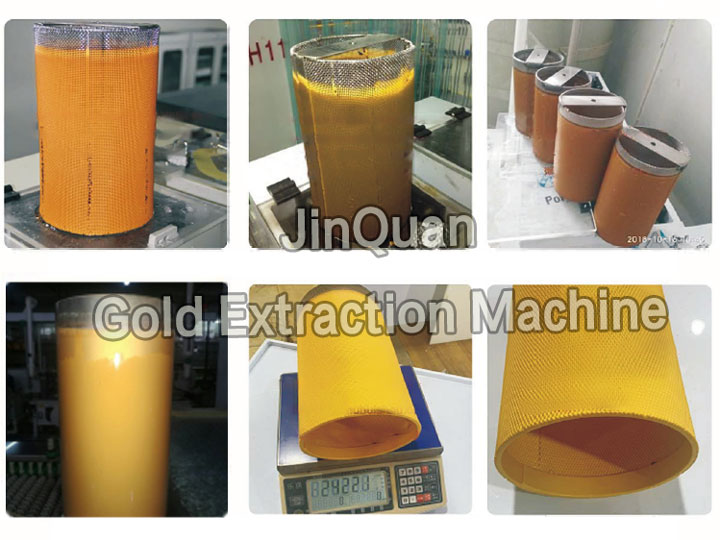Common carriers for supported palladium catalysts include alumina, cordierite (2MgO·Al2O3·SiO2), silica gel, activated carbon and zeolite. When selecting a process to recover palladium, the distribution of palladium in the carrier and the characteristics of the carrier must be considered. For example, for catalysts with alumina as the carrier, palladium is concentrated on the surface of the catalyst, and there is no active component in the center. Selective dissolution or carrier dissolution is often used. So far, the main treatment methods are:
(1)Chlorine volatilization method, palladium is chlorinated with chlorine under heating conditions, and palladium is absorbed and extracted after palladium is volatilized as chloride;
(2) Carrier dissolution method, the carrier is dissolved with acid or alkali to obtain slag containing palladium, and the filter residue is roasted and dissolved to extract palladium;
(3) Selective dissolution method, palladium is dissolved in an inorganic solvent while the carrier is not dissolved, and palladium is extracted from the solution;
(4) Full dissolution method, control strong leaching conditions and oxidizing atmosphere, so that the palladium in the carrier and catalyst is dissolved into the solution at the same time, and then palladium is extracted from the solution.
(5) Fire smelting method, smelting the carrier at high temperature to form slag, palladium enters the collector and is concentrated at the bottom of the furnace for recovery. Or the material is mixed with non-ferrous metal concentrate and palladium is recovered from the anode mud obtained by electrolysis;
(6) Incineration method, incinerate the carrier, dissolve the ash with aqua regia and extract palladium.
(7)Supercritical water oxidation method (SCWO), using supercritical material as the medium, the carrier carbon and organic poisons are rapidly oxidized with pure oxygen under homogeneous conditions to become harmless waste gas emissions, and the granular palladium oxide is filtered and refined into metallic palladium.
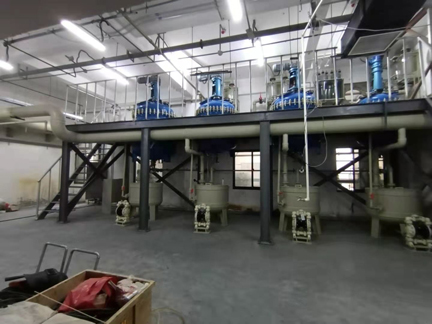 +8613303827570
+8613303827570
-
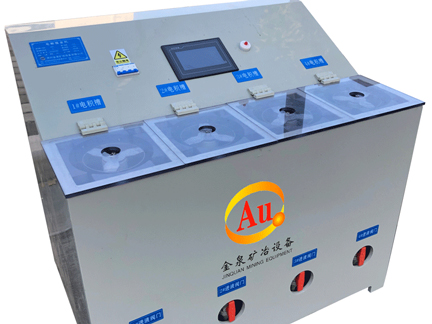 gold recovery equipmentgold recovery equipment
gold recovery equipmentgold recovery equipmentDetails of gold recovery equipment
1. Function introduction: The electrolytic gold extraction machine is a technology for wet refining and purification of metals. It can selectively electrolyze valuable metals and is especially suitable for the selective electrolysis (electrolysis) of low-content solutions and solutions with complex components in the metallurgical industry. (accumulation) separation and purification, as well as the recovery of heavy metal ions in wastewater.
2. Technical advantages of gold ecovery equipment:
1)It has the ability to process low-concentration metal solutions, and has higher production efficiency than traditional electrolysis technology to enrich valuable metals in a wider range, from a few tenths of a gram/liter to a few hundred grams/liter of metal concentration for electrolytic production and metal The ability to separate. In particular, it has unparalleled technical advantages in copper-nickel separation and copper-silver separation;
2) It has stronger adaptability to pollutants in the solution and can extract high-purity metals from solutions containing impurities;
3)It has the ability to extract a variety of metals and has the ability to selectively electrolyze metals, and can produce different forms of cathode products (sheets or metal powders) according to the concentration of the solution;
4) The equipment is modular and easy to operate.
-
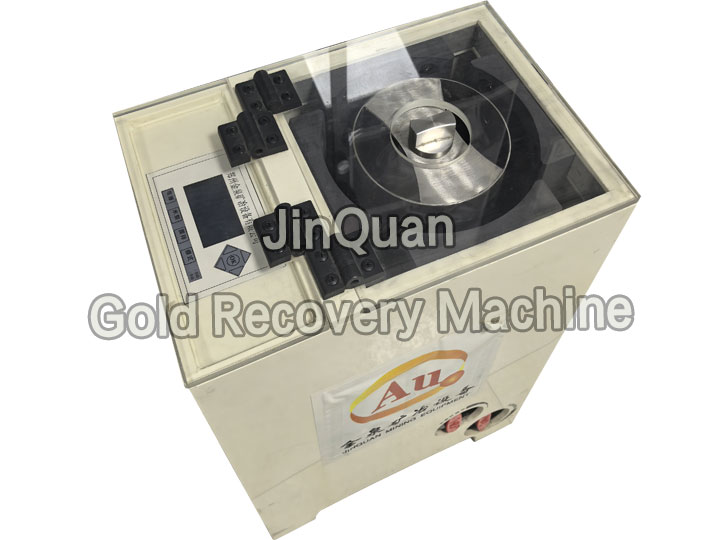 gold recovery machinesilver/gold recovery machine,silver/gold refining equipment,silver/gold refining equipment
gold recovery machinesilver/gold recovery machine,silver/gold refining equipment,silver/gold refining equipmentInstruction Of Gold Recovery Machine:
The new version gold recovery machine an intelligent touch screen, low-voltage extraction technology, supports fully automated intelligent operation, and offers automatic/manual mode.
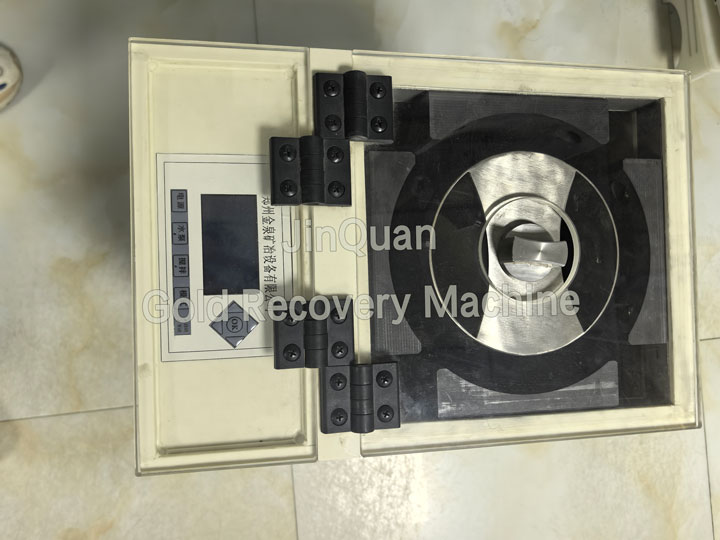
The JQ series uses electrolysis to adsorb gold, silver, copper, and other precious metal ions from solutions onto the cathode. Once a certain weight is adsorbed, the precious metal sheets (gold, silver, copper, etc.) are stripped from the cathode. This equipment enables safe and efficient refining and recovery of various solutions containing gold, silver, or copper, ultimately converting the ions in the solution into pure precious metal form.
Product Advantages:
1、High-efficiency recovery of gold, silver, copper, and other valuable metals;
2、Precious metal purity ≥ 99%, with an ion recovery rate ≥ 99%;
3、Low-voltage extraction, highly efficient, and odor-free.
Model Specifications:
Model
JQ-DJC-L3
Product Name
Gold Recovery Machine
Dimensions
43 x 29 x 58 cm
Rated Voltage
220 V
Power
120 w/h
Weight
45 kg
Capacity
18 L~oo
-
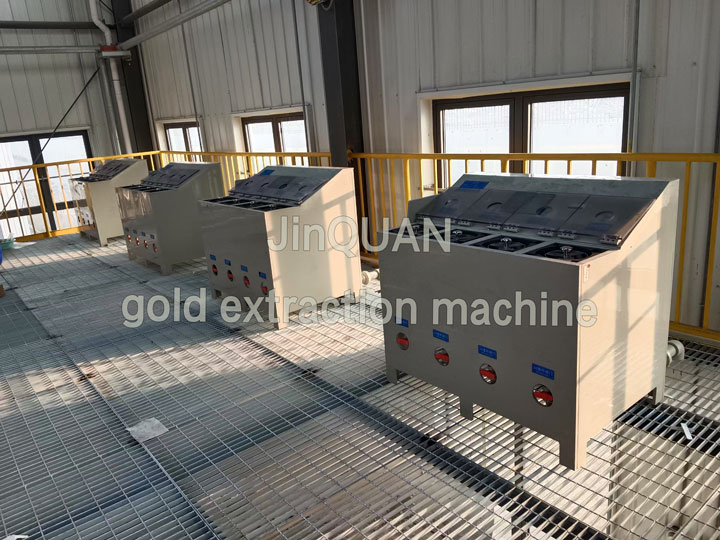 gold extraction machinegold extraction machine,gold recovery equipment
gold extraction machinegold extraction machine,gold recovery equipmentProduct Introduction of Gold Extraction Machine:
Swirl electrowinning is a wet metallurgical technology used for the selective electrowinning and extraction of gold. It is particularly suitable for the selective electrolytic separation and purification of valuable metals from low-concentration or complex-composition solutions in the metallurgical industry, as well as for the recovery of gold from wastewater.
Advantages of Gold Extraction Machine:
1)、Capable of processing low-concentration metal solutions with higher production efficiency compared to traditional electrolytic technologies. It can enrich valuable metals across a wide range of concentrations, from fractions of a gram per liter to hundreds of grams per liter, especially excelling in copper-nickel and copper-silver separation.
2)、Strong adaptability to pollutants in solutions, enabling the extraction of high-purity gold from impure solutions.
3)、Capable of extracting multiple metals with selective electrolysis, and able to produce cathode products in different forms (plates or metal powders) depending on solution concentration.
4)、Modular equipment design with simple operation.
Model parameters of gold extraction machine
Product model
Product Name
Dimensions(mm)
Rated Voltage
Power
Weight(kg)
JQ-DJC-L1
gold extraction machine
450*300*600
220V
300w/h
45kg
JQ-DJC-L3
gold extraction machine
900*1010*800
380V
1500w/h
125kg
JQ-DJC-L4
gold extraction machine
1220*1010*800
380V
2.5kw/h
150kg
JQ-DJC-L5
gold extraction machine
1520*1010*800
380V
3kw/h
180kg
Current: Single tank designed for 100A, voltage 5V.
Each small tank can process approximately 200L of solution. Single or multiple tanks can be selected based on production requirements, with processing speed varying according to concentration.Result of Gold Extraction Machine:
